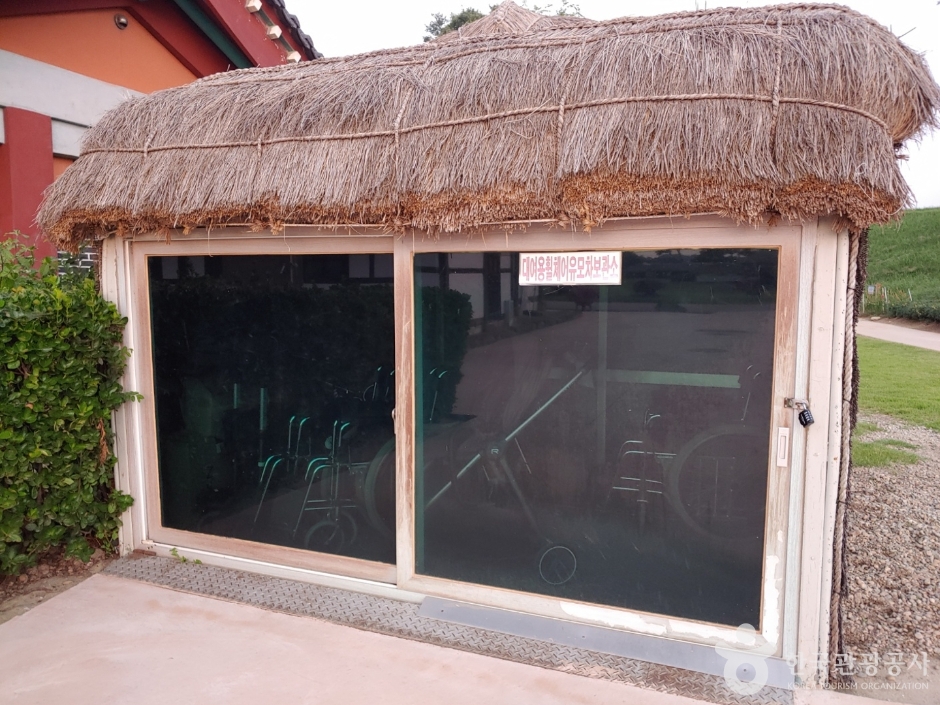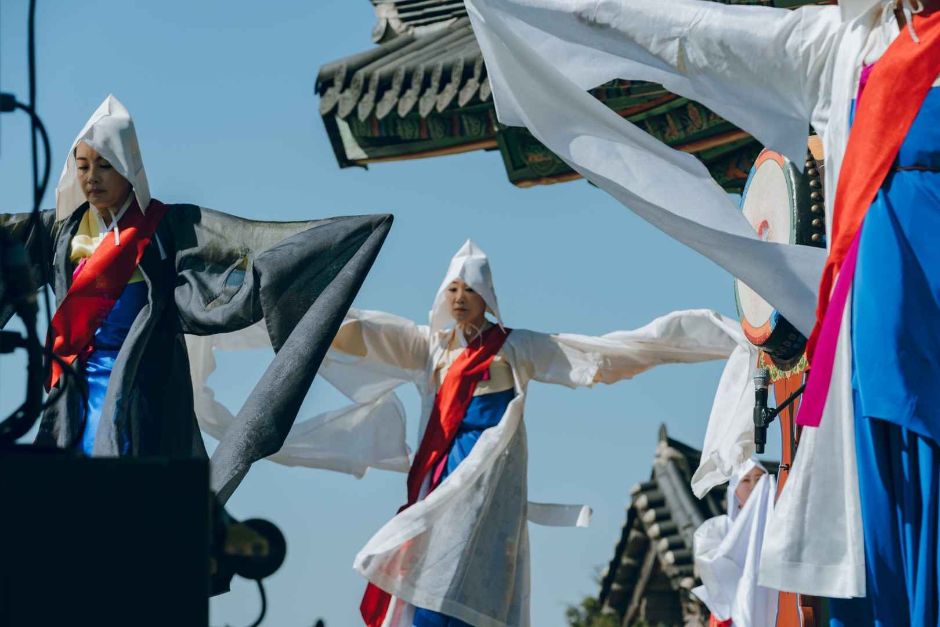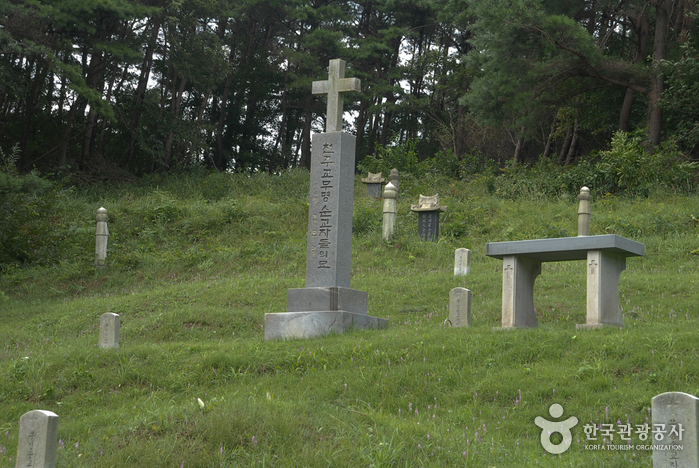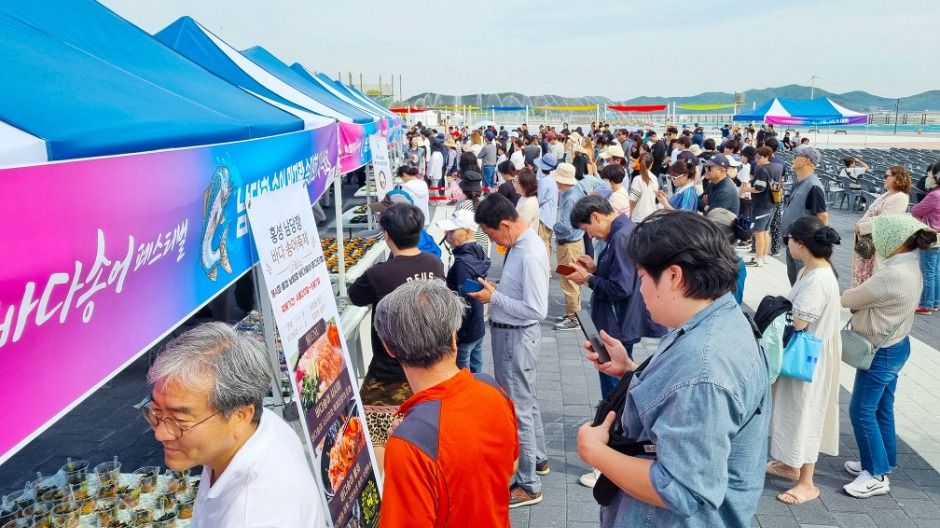Haemieupseong Walled Town (서산 해미읍성)
16.2Km 2025-08-06
143 Nammun 2-ro, Seosan-si, Chungcheongnam-do
Haemieupseong Walled Town is a representative fortress from the Joseon period. Additional famous walled towns in Korea include Gochangeupseong Walled Town and Naganeupseong Walled Town. Haemieupseong Walled Town was established in 1491 during the 22nd year of King Seongjong. Its perimeter is approximately 1.8 kilometers, the x_height is 5 meters, and total area is 196,381 m², making it a huge fortress. Through restoration and purification projects, its old image has been restored as a historic park and it is famous as a site of Catholic martyrs' in the late Joseon era.
During the persecution of Catholics, many Catholics from Chungcheong-do were forced to come to Haemieupseong Walled Town where the administration office was located. Upon arrival, they were tortured to death. In particular, approximately 1,000 people are recorded as having been executed during the persecution in 1866.
The plaza inside of the fortress has a prison site where Catholics were chained up under the Daewongun government, and a gigantic old tree which was the tree used for torturing. The stones which were used for thrashing are located outside of a fortress gate and have become a holy place.
Seosan Haemi Eupseong Festival (서산해미읍성축제)
16.2Km 2025-07-29
143 Nammun 2-ro, Seosan-si, Chungcheongnam-do
+82-41-660-2696
The Seosan Haemi Eupseong Festival is a cultural festival held at Seosan Haemieupseong Walled Town, an ancient fortress with a 600-year history. The festival combines light, music, and the historic fortress to create a fantastic nighttime scenery and offers content for all generations. During the day, visitors can enjoy sophisticated performances while picnicking, and at night, they can partake in a vibrant evening stroll.
Cheonbuk Green Barley Field (천북 청보리밭)
16.7Km 2025-07-21
Haman-ri, Cheonbuk-myeon, Boryeong-si, Chungcheongnam-do
Cheonbuk Green Barley Field in Boryeong has become a sought-after destination after gaining popularity on social media for its picture-perfect scenery. This beautiful lush green barley field was also featured in K-dramas, making it a favorite attraction for K-drama fans and travelers alike. Visitors are advised to be careful and not step on the barley while taking pictures. The entrance ticket comes with a drink coupon, redeemable at the café within the fields.
Cheongyang Daracgol Julmudeom Holy Site (청양 다락골 줄무덤 성지)
17.1Km 2025-01-09
78-6, Darakgol-gil, Cheongyang-gun, Chungcheongnam-do
+82-41-943-8123
Julmudeom refers to the unmarked graves of anonymous Catholic martyrs in Darakgol, Cheongyang in Chungcheongnam-do. Darakgol is also the birthplace of St. Choi Gyeong-hwan and Choi Yang-eop (the second Catholic priest in Korea) was also martyred in Gwacheon, Gyeonggi-do. Because the grave is of more than one individual, it was given the name Julmudeom (group graveyard).
Although the exact number of martyrs and their exact cause of death is unknown, they were buried by family resulting in the 37 mounds in three sections. In 1982, Cheongyang Cathedral established monuments to commemorate the unidentified martyrs, and Julmudeom became a well-known site for Catholic pilgrimages. In 1986, the remains of St. Choi Gyeong-hwan Francisco were relocated to the Jeoldusan Martyrs’ Shrine reducing the total number of mounds at Julmudeom to 36.
Hongseong Namdang Port Jumbo Shrimp Festival (홍성남당항 대하축제)
17.3Km 2025-08-14
1-1 Namdanghang-ro 213beon-gil, Seobu-myeon, Hongseong-gun, Chungcheongnam-do
+82-10-5433-8196
Namdang Port, located at the west end of Hongseong, is a famous west coast port known for its exceptional seafood. Surrounded by the clean waters of Cheonsuman Bay, Namdang Port is home to a wide array of sea life including blue crab, cockle and webfoot octopus. Namdang Port also draws throngs of visitors from early September to mid-October every year for the country’s largest Jumbo Shrimp Festival.
Hongseong Namdang Port Saejogae Festival (홍성남당항 새조개축제)
17.3Km 2025-02-06
1-1 Namdanghang-ro 213beon-gil, Seobu-myeon, Hongseong-gun, Chungcheongnam-do
+82-10-5433-8196
Hongseong Namdang Port Saejogae Festival celebrates the saejogae (egg cockle) that is harvested around Namdang Port and Cheonsuman Bay between December and April of every year. The plump saejogae are famous for their chewy texture and nutritional value, full of protein, iron, and other essential minerals.
Hongseong Namdang Port Sea Trout Festival (홍성남당항 바다송어 전국 요리대회 및 수산물 소비촉진 행사)
17.3Km 2025-03-31
1-1 Namdanghang-ro 213beon-gil, Seobu-myeon, Hongseong-gun, Chungcheongnam-do
+82-41-634-0104
Hongseong Namdang Port Sea Trout Festival celebrates the local spring-time catch of sea trout, a healthy food with a tasty flavor and chewy texture. During the festival, enjoy a range of activities including performances and catching barehanded fishing.
Namdang Port (남당항)
17.4Km 2024-06-05
Namdang-ri, Hongseong-gun, Chungcheongnam-do
+82-41-630-1224
Namdang Port is a representative port on the West Coast. Known for having plenty of prawn, cockle, flat fish, rock fish and other types of seafood, the port draws visitors all year round. Cockles in particular are a local delicacy, usually enjoyed as cockle shabu shabu or charcoal-grilled cockle. A nearby attraction to visit is the bamboo grove of Jukdo Island
Gohyang Gul Susan (고향굴수산)
17.6Km 2024-03-04
8-5, 1061 Hongbo-ro, Cheonbuk-myeon, Boryeong-si, Chungcheongnam-do
041-641-8966
Gohyang Gul Susan is a restaurant specializing in oysters located within the Cheonbuk Oyster Complex. Oysters are the specialty of this place. Fresh oysters are paired with rice and vegetables harvested directly from the farm. The menu includes gul gui (grilled oysters), gul jjim (steamed oysters), gul jeon (pan-fried battered oyster), saeng gul (fresh oysters), dolsonn yeongyang gulbap (nutritious hot stone pot oyster rice), and gul kalguksu (noodle soup with oysters). Oysters are low in fat and rich in minerals, making them nutritious and flavorful. In December, the Cheonbuk Oyster Festival is held at the Cheonbuk Oyster Complex.
Cheonbuk Oyster Complex in Boryeong (보령 천북굴단지)
17.8Km 2024-06-05
Cheonbuk-myeon, Boryeong-si, Chungcheongnam-do
+82-41-930-0804
Cheonbuk Oyster Complex in Boryeong is a place near the Hongseong Embankment where various restaurants specializing in oysters are clustered. Boryeong is known for its abundant oyster production, with those caught between November and February considered the finest. In December, the Cheonbuk Oyster Festival is held, featuring events for tourists. Here, visitors can taste a variety of dishes made with oysters, including grilled oysters, raw oysters, and oyster rice.





 English
English
 한국어
한국어 日本語
日本語 中文(简体)
中文(简体) Deutsch
Deutsch Français
Français Español
Español Русский
Русский